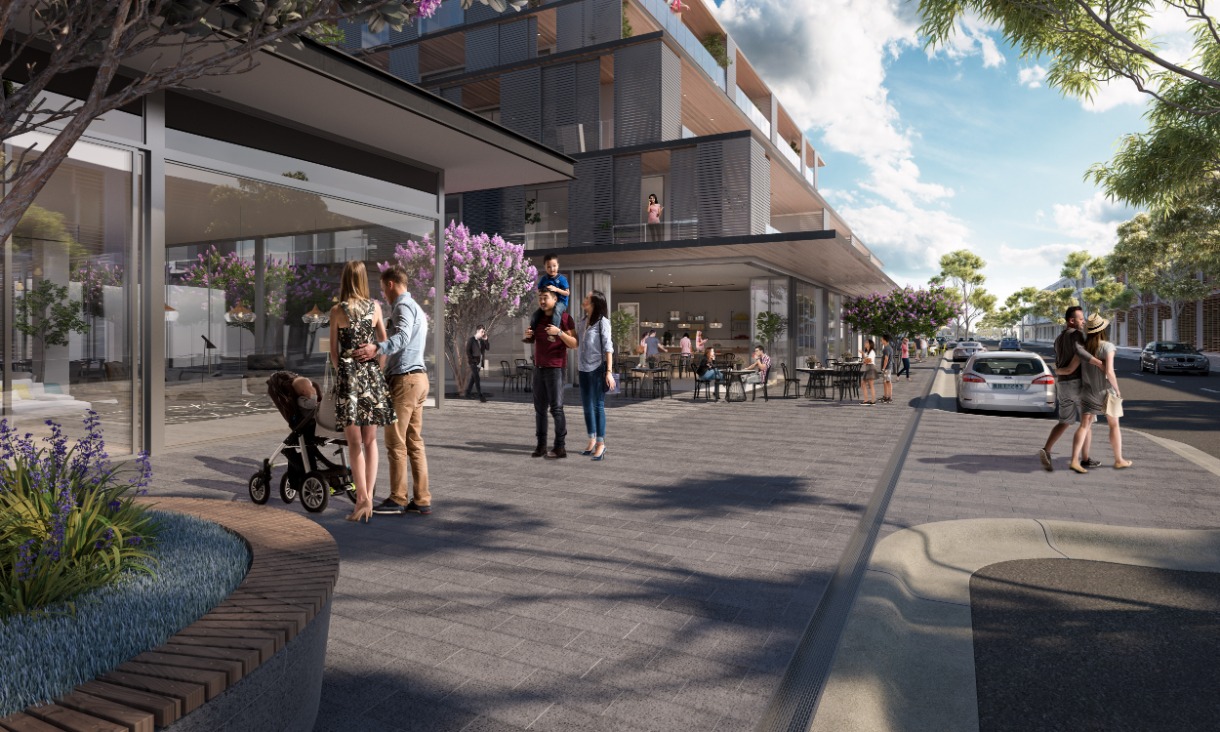Cairns Airport mangrove study sets new standard for Indigenous-led research on country
A new study highlights how Indigenous leadership, science and business can unite to protect coastal ecosystems while building long-term environmental and cultural knowledge.
Coffee waste helps make lower carbon concrete
RMIT researchers are advancing new ways to cut the carbon footprint of infrastructure by turning everyday organic waste into useful construction materials.
RMIT student wins Best in Category at Victorian Premier’s Design Awards
A sustainable furniture system using digital fabrication techniques and repurposed furniture waste has won Best in Category for Student Design at the Victorian Premier’s Design Awards alongside over twenty RMIT-affiliated projects recognised at this year’s awards.
RMIT takes centre stage at Melbourne Fashion Week 2025
Students, PhD candidates, staff and alumni from the University's School of Fashion & Textiles featured across a range of events at Melbourne’s signature fashion event.









